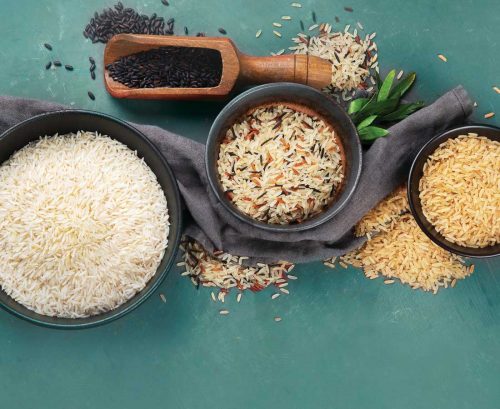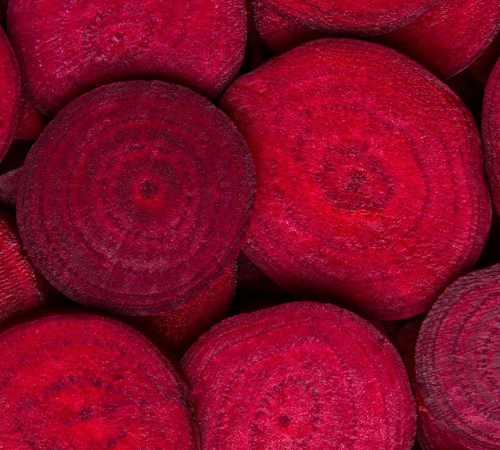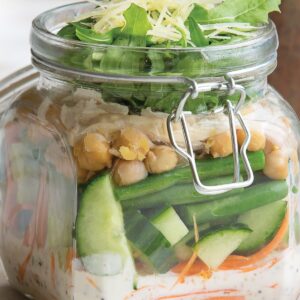
Dietitian Susie Burrell’s guide to what rice is healthy and what to look for when choosing rice will help you make the most of this versatile ingredient.
Rice is a staple food all over the world and is an affordable source of energy, providing a variety of nutrients.
The nutritional value depends on which rice you choose, and specific types are better for some cooking methods than others.
With so many varieties, blends and convenient cook options of rice now available, many of us feel overwhelmed when deciding what type to buy, so we’ve broken it down with a simple scoring system to make it easier for you to make the best choices.
Short-grain rice
This type includes sushi rice and Arborio rice. It usually becomes sticky and more glutinous when cooked. Short-grain rice has a higher glycaemic index (GI) and a higher carbohydrate content compared to wholegrain and long-grain rice.
HFG’s score 5/10
Medium-grain rice
Roughly twice as long as short-grain rice, medium-grain rice is the kind commonly used in Asian cuisines because it becomes soft when cooked.
HFG’s score 7/10
White rice
Processed white rice is the most common rice, and the one that’s typically served with Asian food. Because most of the wholegrain component has been removed during processing, white rice is lower in protein, fibre and nutrients compared to brown rice. Being a refined grain, it also has a relatively high GI.
HFG’s score 6/10
Brown rice
This medium-grain rice only has its husk removed, with the bran and germ layer remaining. This means it is higher in dietary fibre and protein, as well as key nutrients like iron, vitamin B and magnesium, than white rice. With its slightly nutty taste and chewy texture, use it in salads, stir-fries and sushi as a healthier alternative to white rice.
HFG’s score 8/10
Black rice
This nutrient-dense, wholegrain rice is rich in iron and vitamin E. More nutritious than white rice, black rice has a nutty flavour that’s perfect for salads, and even puddings and desserts.
HFG’s score 9/10
Wild rice
Significantly higher in protein than other varieties, wild rice is technically a type of grass, not a rice. It is up to 30 per cent lower in calories than other rice types, and is also rich in a number of key nutrients like magnesium, zinc and vitamin B. Although more expensive, wild rice is a great choice nutritionally.
HFG’s score 10/10
Basmati rice
A staple in Indian and Middle Eastern cuisine, basmati is a long-grain rice variety, which means it has a lower GI than shorter rice grains. Known for its aromatic qualities, basmati rice works especially well with curries and pilafs. It is a better choice than short-grain and medium-grain rice for those who have or are at risk of type 2 diabetes.
HFG’s score 7/10
Jasmine rice
This fragrant, long-grain rice has much lower amylopectin, or starchy, content than short-grain rice, but remains relatively sticky compared to other long-grain rice varieties. This makes it a popular choice to serve with Asian curries and stir-fries. Jasmine rice also has a slightly lower GI than plain white rice.
HFG’s score 7/10
www.healthyfood.com










